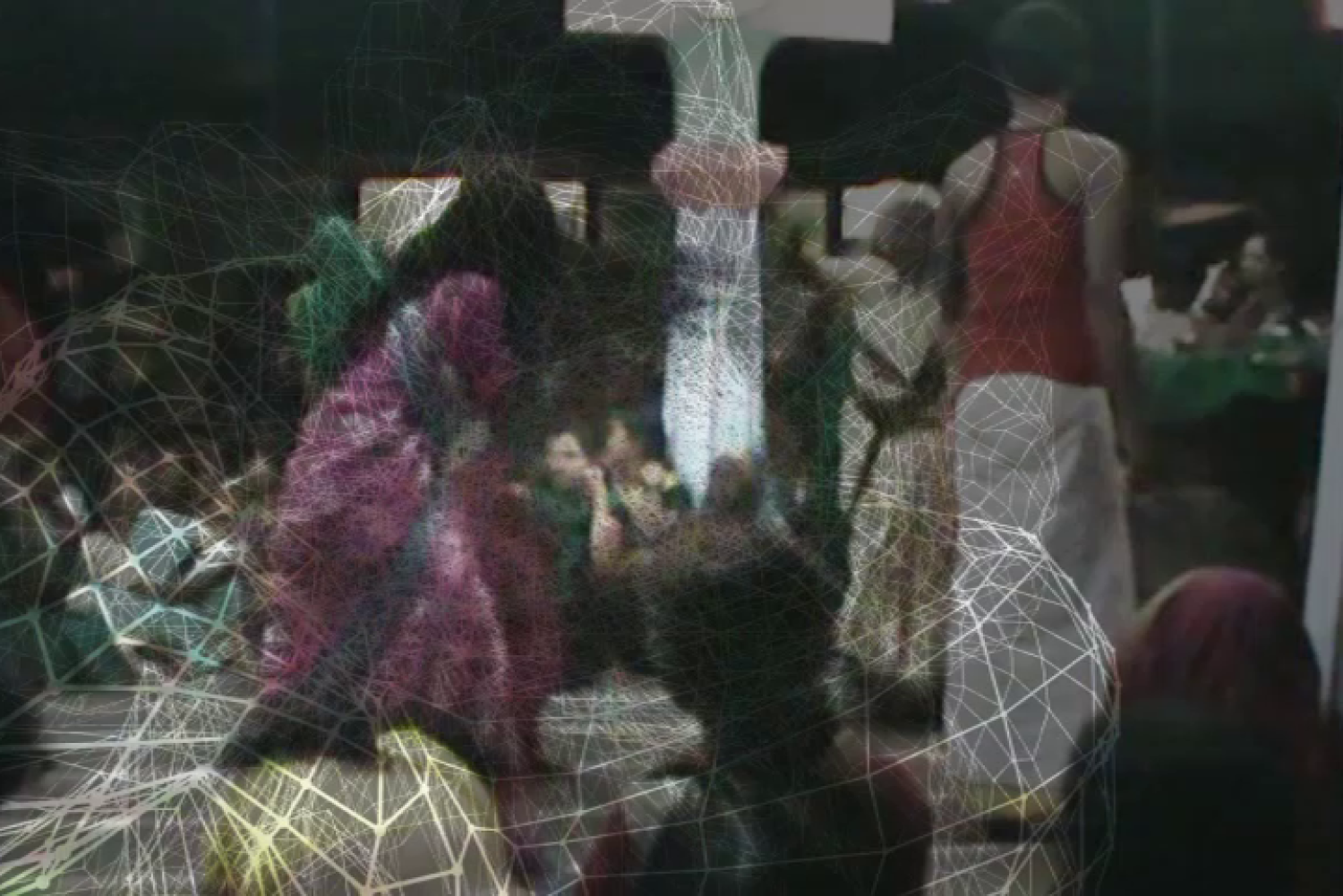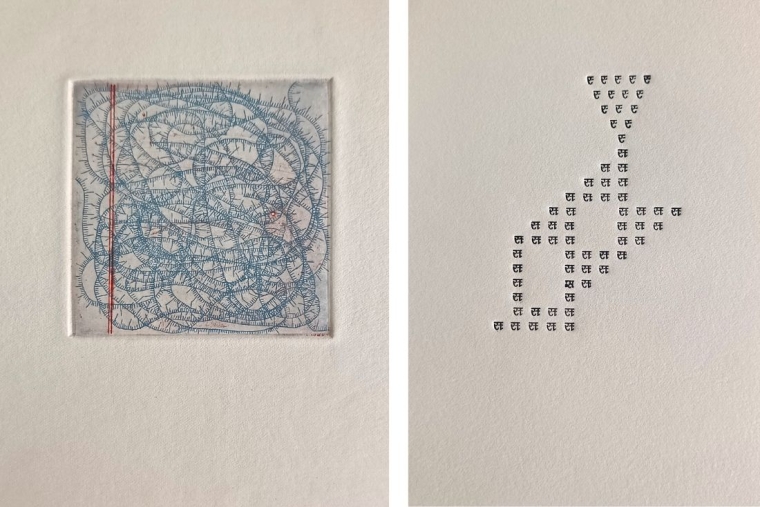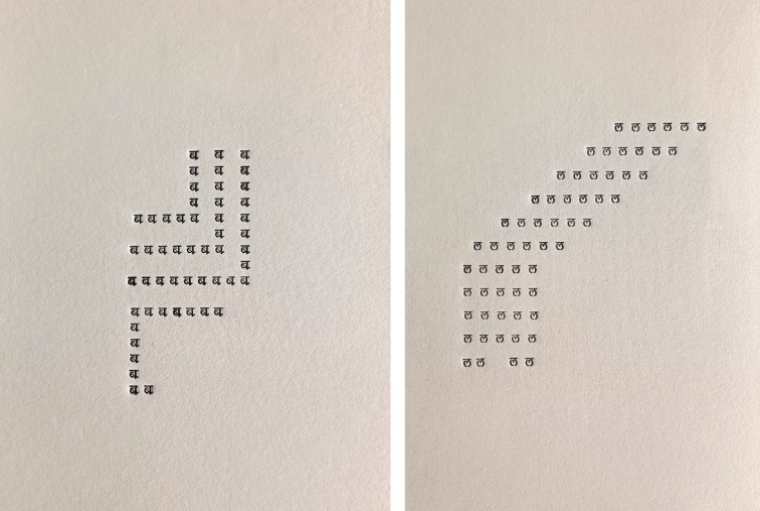
Global III by Yogesh Barve

Global III by Yogesh Barve
Zeenat Nagree’s journey as a curator began with a foundation in writing and research. "I come to curating primarily as a writer and a researcher," she shares. Her entry into the contemporary art world was through writing about exhibitions, engaging deeply with the works, and asking probing questions. Over time, the richness of these conversations compelled her to delve deeper, leading to writing exhibition notes, catalog essays, and eventually, curating. For Zeenat, writing remains an integral part of the curatorial process.
Her curation of Three Questions at Once at Art and Charlie is marked by a deep engagement with both the art and the artists. Her innovative methods and commitment to experimentation enrich the exhibition experience, offering new ways for audiences to connect with contemporary art. Three Questions at Once not only showcases the talents of Poonam Jain and Yogesh Barve but also highlights Zeenat's vision of curating as an evolving, interactive, and creative practice.The Genesis of Three Questions at Once
The idea for the exhibition Three Questions at Once emerged from a unique connection between the artists involved. "Both of these artists know each other really well because they went to the same school, though not at the same time, and were part of an artist union and a collective," Zeenat explains. Despite their camaraderie and previous participation in larger group exhibitions, they had never showcased their works together exclusively. This inspired Zeenat to explore the potential of imagining their practices within the context of Mumbai.

Primers from practice book series (left) | सॠ15 + स 50 + स 1 = 66 (right) by Poonam Jain
Curatorial Experimentation
Zeenat’s curatorial approach is distinctive, incorporating her role as part of the exhibition itself. "The exhibition started with three questions at once, including my practice as a curator," she notes. This introspective approach acknowledges her role in bringing the artists together and curating in a way that itself becomes an artistic work.
For this exhibition, she created two decks of cards, fragmenting the curatorial text across them. These cards invite viewers to engage with the exhibition playfully, rethinking their behavior in a gallery setting or within the city. This innovative method encourages interaction and offers a fresh perspective on the exhibition space.
Zeenat’s desire to experiment is evident in her previous projects. She has used various forms of engagement, such as letter exchanges with artists about their lives, which then become exhibition texts, or semi-fictional stories crafted for exhibition narratives. These methods reflect her intent to make the curatorial text resonate with the practices on display.

ब 52 (left) | ल 60 (right)
Yogesh Barve’s Technological Interventions
Yogesh, another featured artist, integrates technology into his art-making process. "Yogesh combines technology with art to make us question our own behaviors and beliefs," Zeenat notes. His project, 'Figure of Line,' involves using computer programs to create drawings, executed by a pen plotter—a robotic tool that holds a pen and draws.
These drawings, reflecting the intricate interaction between human commands and machine execution, raise questions about the artist's role versus the machine's role. This dialogue is particularly relevant as society navigates the rise of AI, reflecting Yogesh’s engagement with caste-related issues such as manual scavenging.
Challenges and Realities of the Art World
Discussing the broader art industry, Zeenat touches on the difficulties artists face in sustaining their practice. "Sustaining a practice, especially without patronage, is incredibly hard," she states. The financial pressures of living in a city like Mumbai, coupled with the need for specific skills beyond art-making, can be overwhelming. Many artists struggle to find time and resources, leading some to leave the field altogether. Zeenat draws parallels with journalism, highlighting the shared challenges across cultural fields. "The issues affecting all cultural fields are similar when it comes to financial support," she observes. The cost of materials and the need to balance creative work with other income-generating activities make it tough to sustain an artistic practice.
Words Paridhi Badgotri
Date 21.05.2024